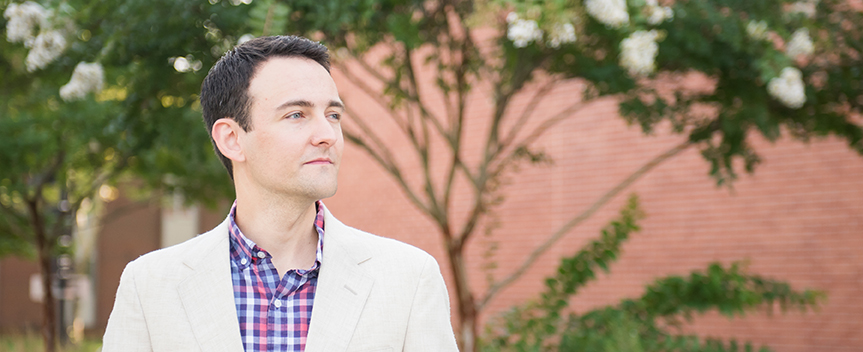by F. Chris Curran, assistant professor of public policy, UMBC
Proponents of restorative justice suffered a blow recently with the late 2018 release of a much anticipated RAND study of restorative practices in Pittsburgh schools. The study’s results showed restorative practices were not as effective as many hoped – or as they are sometimes portrayed by proponents and in the media .
Unlike traditional disciplinary approaches, such as suspension, which remove students from school, restorative practices focus on repairing harm done by getting victims and perpetrators together to talk.
The idea is to rebuild and restore a sense of dignity and community.
As an educational researcher who studies school discipline, I think it would be misguided to use the study as a reason to go back to the old way of doing things, as is currently under debate in some locales.
First, let’s look at what the study found.
Mixed results
On the positive side, the study found evidence that teachers in schools using restorative practices reported better classroom management and school climate. Restorative practices led to an almost 15 percent decline in days lost to suspension overall. The intervention decreased the days lost to suspension for both black students and students from lower income households. However, it had no significant impact on white students or students from more affluent households. Furthermore, impacts were particularly large in elementary schools – there, the intervention led to an over 50 percent decline in days lost to suspension.
At the same time, however, there were a number of negative outcomes. Restorative practices did not lead to lower rates of suspension in middle schools. Nor did it result in declines in suspensions for violence or arrests. Furthermore, there were negative, statistically significant impacts on standardized achievement test scores in middle schools and for black students.
And, contrary to how teachers saw restorative practices, students reported worse classroom management and relationships.
In my opinion, it’s fair to say the findings were mixed at best.
Strong design, different takes on results
While the new study is not the first to examine restorative practices, it is notable for the strength of its research design. Schools were randomly assigned to use the Institute for Restorative Practices’ SaferSanerSchools Whole-School Change program or not. Since randomized controlled trials are considered the “gold-standard” of evaluating the effectiveness of an intervention, the RAND study theoretically provides more credible estimates of the true effect of the program separate from other school policies and practices.
Perhaps unsurprisingly, the mixed findings have resulted in differing interpretations of the results.
For instance, Max Eden, of the Manhattan Institute, criticized the study’s original authors and popular media for focusing on the positive findings and downplaying the negative results. Ironically, Eden played up the negative findings claiming that “restorative justice isn’t working”.
In addition to the RAND study of restorative practices, other recent studies of discipline reforms, including bans on the use of suspension for minor offenses and shortening the length of suspensions, have also resulted in mixed findings.
A return to suspensions is not the solution
So what should educators and policymakers do with these results?
Even though the RAND study presents a speed bump on the road to discipline reform, turning back to what research has shown to be ineffective and inequitable exclusionary discipline practices would also be a mistake. Numerous studies have found that being suspended from school is predictive of a host of negative outcomes. Those outcomes include decreased academic achievement, a higher likelihood of involvement with the justice system, and decreased civic engagement as adults.
Zero tolerance policies have also been shown to result in greater uses of suspensions and little benefit in terms of improved school climate.
Exclusionary practices are also disproportionately used against students of color. Federal data and other studies have repeatedly shown that black students are three to four times as likely to be suspended as white students, with a large number of these suspensions being for lower level misconduct like “disrespect.”
Such disparities can’t be explained by differences in behavior across racial groups. The disparities may be the result of differences in the use of exclusionary discipline policies across schools.
Reducing suspensions and improving equity in school discipline is still a valid policy goal. The fact that initial reforms have not produced immediate positive results is disappointing, but hardly surprising. After all, changing practice and finding effective interventions in the field of education is hard work. Instead of settling for suspensions, I believe this is the time when states and local school districts should double down on trying innovative alternative approaches to discipline.2
* * * * *
F. Chris Curran, Assistant Professor of Public Policy, University of Maryland, Baltimore County
This article is republished from The Conversation under a Creative Commons license. Read the original article.
Header image of Chris Curran by Marlayna Demond ’11 for UMBC Magazine.

Tags: The Conversation

